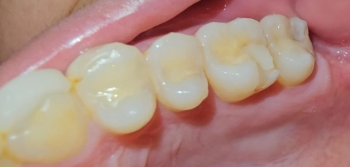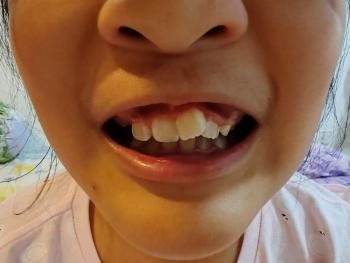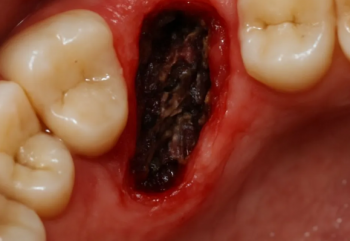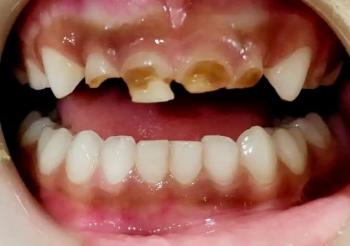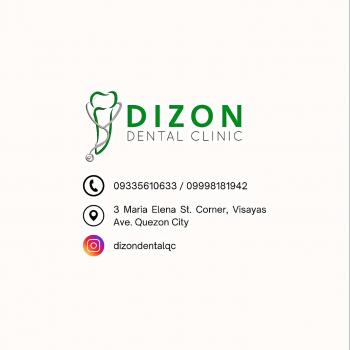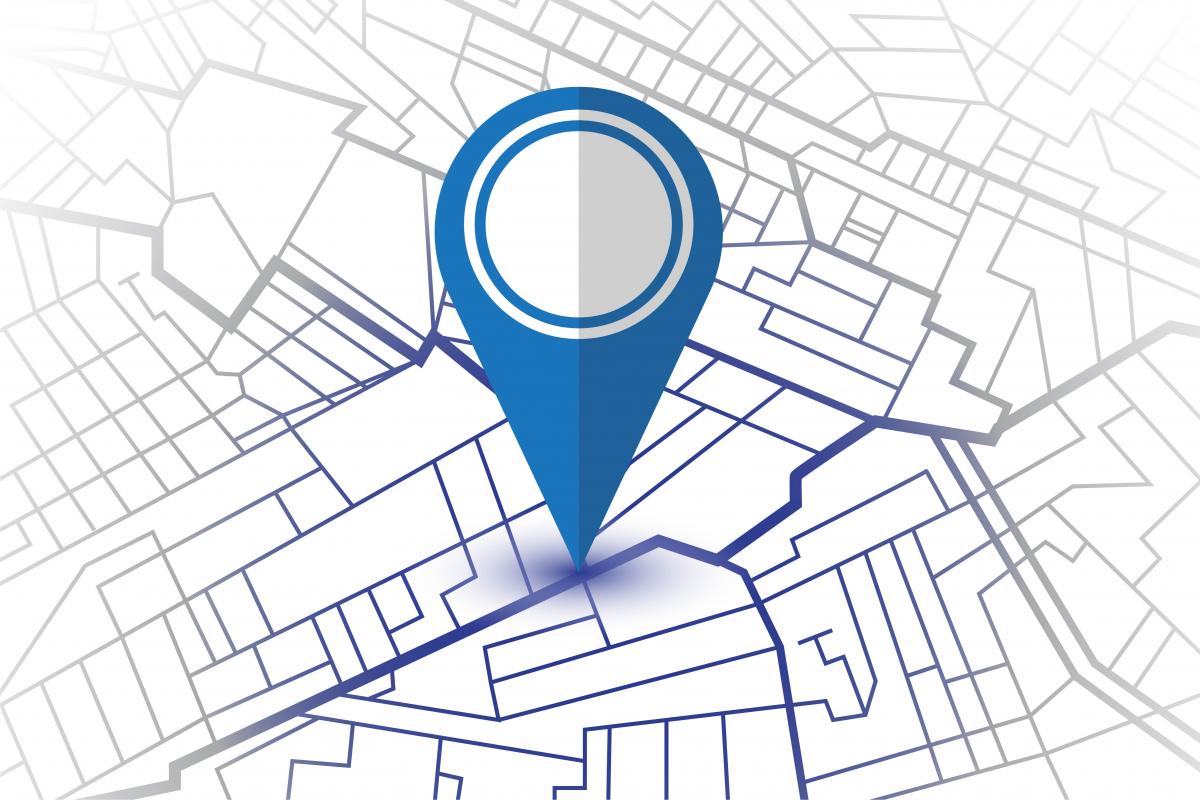From Pain to Perfect — We Care for Your Smile.
3D Bioprinted Teeth: How Dentistry is Changing Forever
Language :

3D Bioprinting in Dentistry: The Future of Custom-Grown Dental Tissues
The dental industry is on the brink of a bioprinting revolution, where living, functional dental tissues can be 3D-printed in labs and clinics. From bioengineered dentin and pulp to patient-specific gum grafts, this technology is set to transform restorative and implant dentistry.
But how does it work? Which machines lead the market? And where is this technology already in use?
The Best 3D Bioprinting Machines for Dental Applications
Not all bioprinters are equal—here are the top machines for dental tissue engineering:
1. Allevi 3 (Allevi, USA)
-
Best for: Research & small-scale dental labs
-
Key Features:
-
Multi-material bioprinting (hydrogels, bioinks)
-
High precision for micro-scale dental structures
-
Compatible with stem cell-laden bioinks
-
2. CELLINK Lumen X (Sweden/USA)
-
Best for: High-throughput dental tissue fabrication
-
Key Features:
-
Digital Light Processing (DLP) for rapid printing
-
Supports vascularized tissue printing (critical for pulp regeneration)
-
FDA-cleared bioinks available
-
3. Poietis NGB-R (France)
-
Best for: Laser-assisted bioprinting of delicate dental tissues
-
Key Features:
-
Single-cell resolution (perfect for periodontal ligament modeling)
-
Gentle process protects cell viability
-
4. Rokit Invivo (South Korea)
-
Best for: Chairside dental clinics (future-ready)
-
Key Features:
-
Compact design for clinical settings
-
Can print patient-specific gingival grafts
-
Countries Leading in Dental 3D Bioprinting Adoption
1. United States
-
Key Players:
-
University of Pennsylvania (bioengineered tooth roots)
-
Harvard Wyss Institute (3D-printed dentin scaffolds)
-
-
Regulatory Status: FDA fast-tracking bioprinted dental materials
2. South Korea
-
Key Players:
-
Seoul National University (living pulp regeneration)
-
Rokit Healthcare (commercializing chairside bioprinters)
-
-
Government Support: Heavy R&D funding
3. Germany
-
Key Players:
-
Fraunhofer Institute (automated bioprinting for implants)
-
Dentonic Solutions (custom bioprinted bone grafts)
-
-
Clinical Use: Already in select maxillofacial surgeries
4. China
-
Key Players:
-
Revotek (vascularized pulp bioprinting)
-
Shanghai Ninth People’s Hospital (human trials for 3D-printed periodontal tissues)
-
-
Market Growth: Expected to lead Asia in adoption
Looking for dentist : Visit directory list
Expert Advice: How Dentists Should Prepare
Dr. Elena Martinez (Regenerative Dentistry Researcher, MIT)
"Dentists need to start collaborating with bioengineers now. The first clinics offering bioprinted grafts will dominate premium implantology."
Prof. James Koh (Tissue Engineering, Columbia University)
"Invest in bioprinter training today. In 5 years, not having this capability will be like not offering digital scans today."
Key Steps for Early Adoption:
Partner with a bioprinting lab for case studies
Train staff in 3D bioprinting basics (online courses available)
Follow FDA/EU approvals to stay ahead
Sales Pitch for 3D Bioprinting in Dentistry
For Dental Clinics:
"Why refer out for grafts when you can print them in-house? Our [Bioprinter Model X] lets you offer faster, cheaper, and more biocompatible solutions—keeping patients in your ecosystem."
For Investors:
"The dental bioprinting market will hit $3.2B by 2030 (CAGR 19.7%). Early entrants are securing IP, clinics, and government grants—will you miss out?"
For Labs & Distributors:
"Be the first to supply bioprinters to dentists. We offer leasing programs, training, and certified bioinks—scaling with the industry’s growth."
3D bioprinting isn’t sci-fi—it’s 2025’s competitive edge. The question isn’t if it will replace traditional grafts and implants, but how soon your practice will adapt.
#3DBioprinting #FutureOfDentistry #RegenerativeDentistry #DentalTech #Bioengineering


